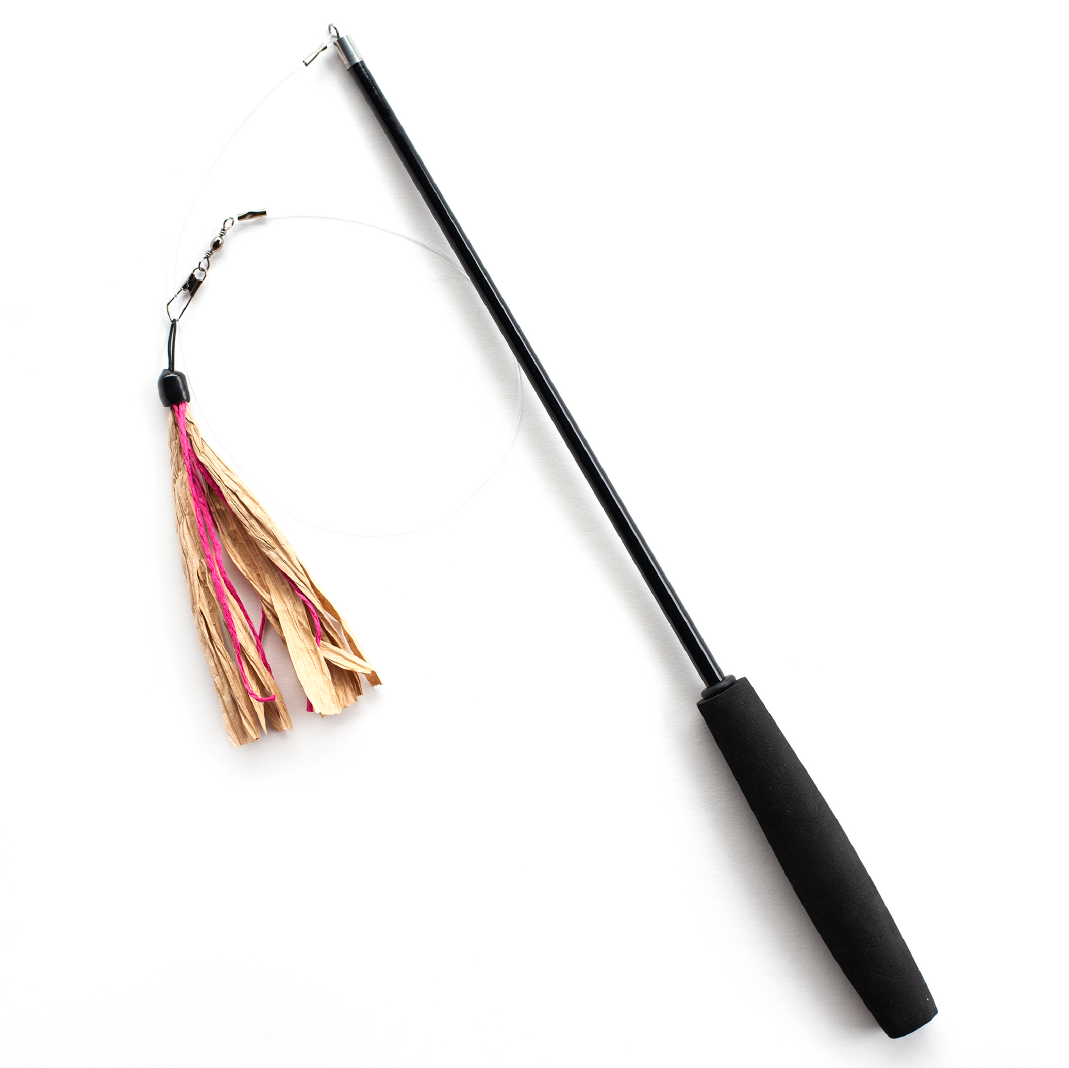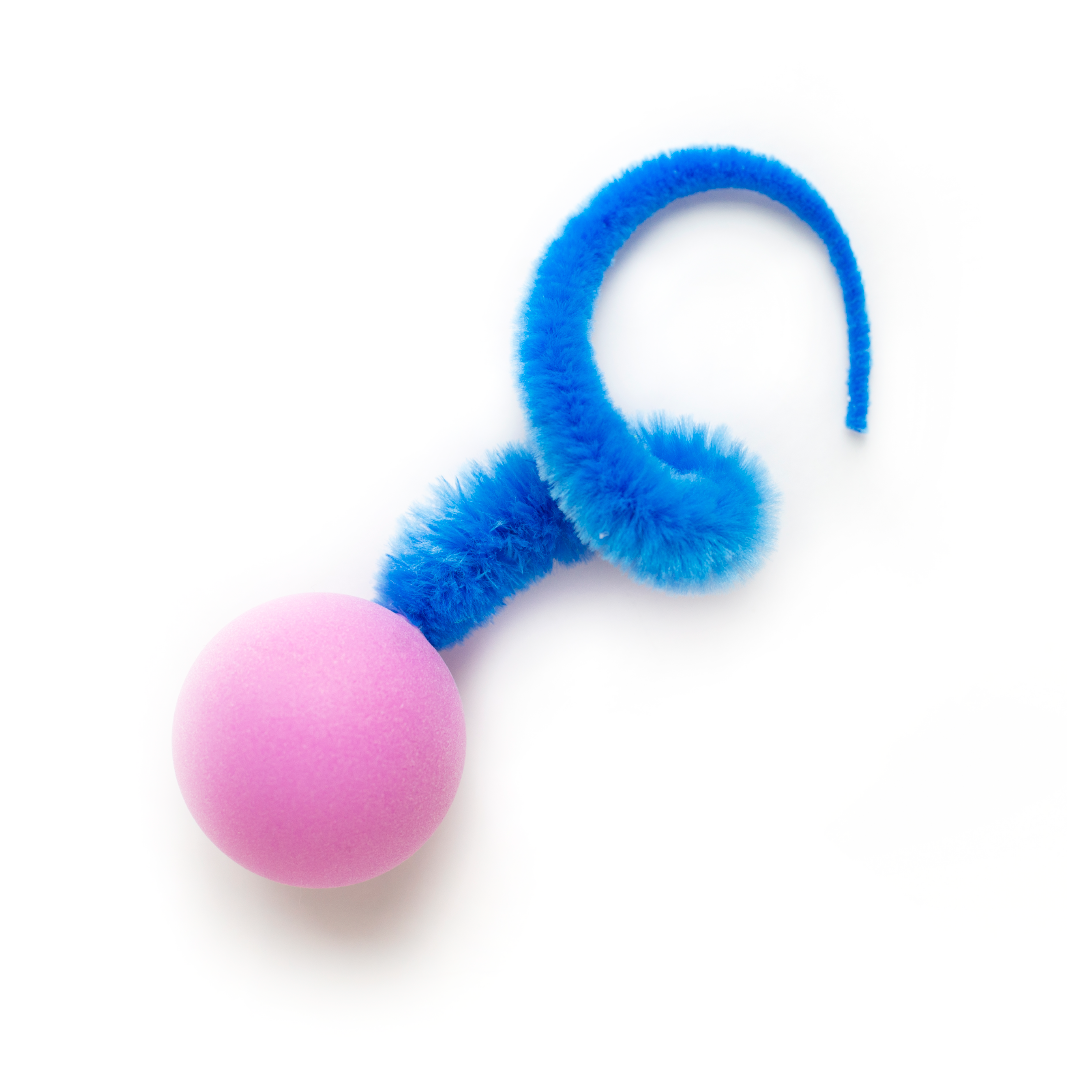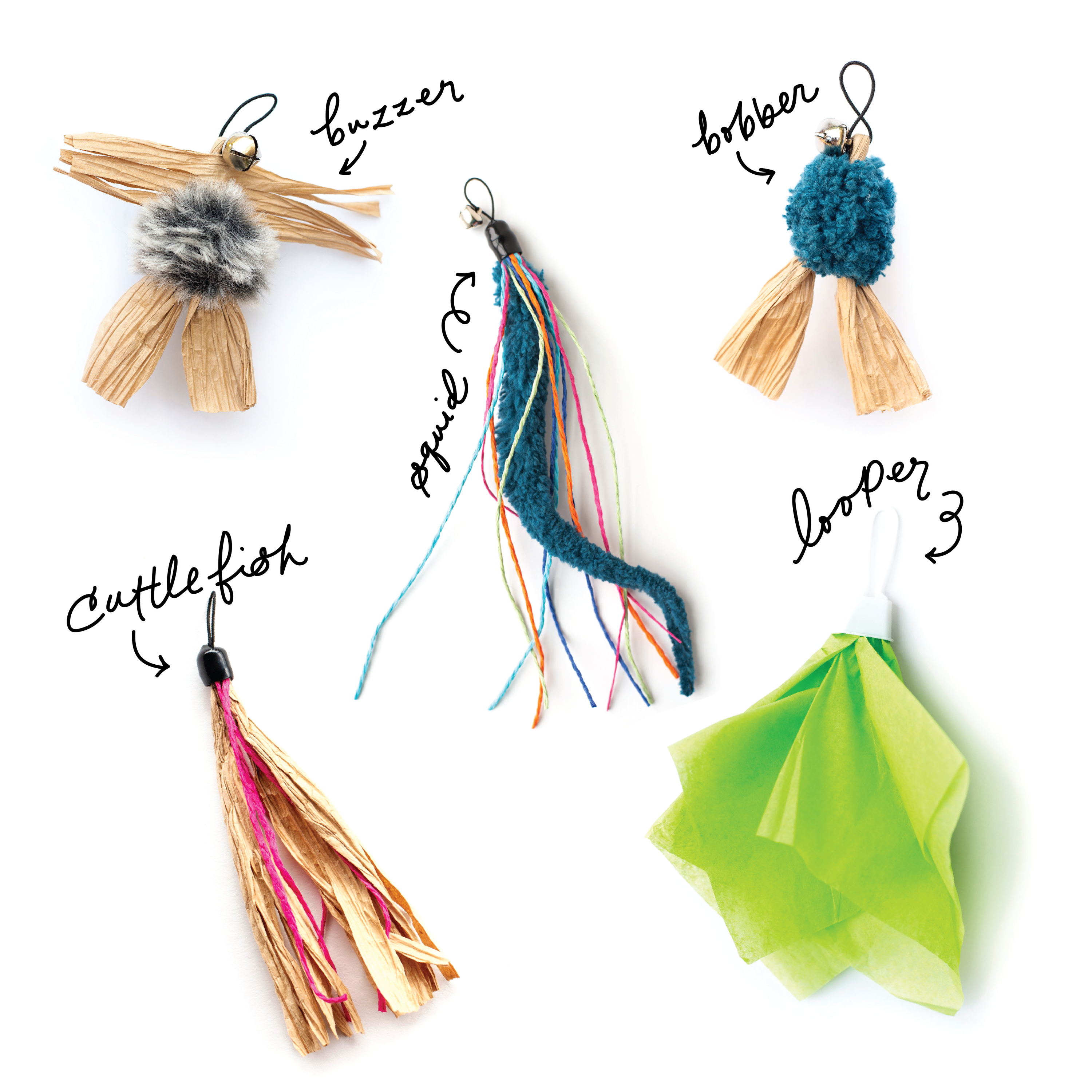Declawing Cats: Why I've Never Done it in My Career as a Veterinarian

Cats are the only animals who domesticated themselves; after they observed humans came with warm barns and tasty rodents, they moved right in and became our companions and pest management systems. Over the years they went from utilitarian workers to strictly companions, but they never lost their instinct to scratch. As a result, many humans have made the choice to declaw their cats in an attempt to make them more docile and less destructive. This is where I get concerned: in our efforts to protect furniture and fingers, have we created a solution that causes more harm than good?
We don’t know everything we need to know about the long-lasting effects declawing has on cats. But can we as veterinarians truly say they are all “fine” when we know so little about how they really feel after having their toes amputated? For the rest of this post, I’m going to refer to being declawed as a disability because that’s what it is: we’re altering cats’ physical health in such a way that leaves them disabled and unable to hunt, fight, protect themselves, or even play the way they want and need to.

While there are some scientific studies on the subject, most focus on the short-term surgery itself: technique, pain management, mechanical effects, etc. and few delve into the mental and physical effects it has on cats in the long run. One recent study published in Journal of Feline Medicine and Surgery supports the negative long-term effects declawing has on cats and is one of the first of its kind to address these issues.
While my own beliefs about declawing are somewhat based on assumptions and observing cat behavior after declawing, this is no different than the assumptions veterinarians make when they suggest cats are “fine” after declawing. I prefer to err on the side of caution - that it might cause irreparable harm - then assume otherwise. This is why I have never declawed a cat in my career.

I have spent years observing, playing with, and photographing thousands of cats, both with and without claws, and here is what I’ve witnessed: claws give cats balance, security, and stability when they run, jump, climb, pounce, and catch toys. I see them use their claws in all of their normal physical activities, and it makes me wonder how different it must be for an amputee. Without the benefit of claws, these kitties cannot grasp toys as easily, they are less stable on perches, are unable to climb normally, and are no doubt more insecure because of their disability. When playing with a toy like the Wiggly Ball, our cats are able to hook the tail in midair with their claws. It is similar to how a cat would grab a bird attempting to fly away, or a mouse running into a hole. Declawed cats play with balls differently, mainly batting them around.

Check out this cute video of how easily this cat fishes the wiggly ball from behind some cardboard circles. Without claws, she would be unable to perform such an amazing feat.
When clients tell me their cat doesn’t play, one of the first things I check for is whether or not they are declawed. I believe the majority of clients who tell me their cats don’t play is because they are missing a critical part of themselves they use for hunting and play. From an early age, they must have found playing to be frustrating, scary, and maybe even painful. Consider how missing your fingers would impact your ability and desire to do the physical things you love doing. Besides the physical aspect of having a disability, there is a mental component as well. Loss of balance, security, or agility could make cats feel more vulnerable, insecure, and weaker and less likely to engage in playful activities. Their disability could certainly interfere with their fun. We have more fun doing things we excel at, and cats may be no different. Is it possible that cats who don’t have claws to catch things in the air quickly give up on wand toys because it is frustrating? I imagine it’s like trying to play catch without opposable thumbs.
This picture of a cat with a Wiggly Pong shows exactly how necessary claws are to hold onto the ball. He successfully plays with it and is having so much fun doing so. I often wonder if the lack of being able to establish good footing causes declawed cats to avoid playing in ways that require balance and stability?

Here is another example of a cat using its claws to make sure it has a steady hold of the scratch post it is standing on while playing. While these actions have not been studied much, my own knowledge of cat physiology and health tells me that declawed cats are less able to play normally, naturally, and successfully and is part of the reason they are overweight, depressed and lack the motivation to play.

For instance, part of the fun of playing with the Hide and Sneak cat tunnel is scratching the paper and hearing it crinkle because cats love to shred the paper too! Declawed kitties still like to leave their scent on the paper by pawing at it, but they are unable to fully enjoy the experience of tearing it up. The same is true for scratching on scratch posts; declawed cats are hardwired to use them, but fail to achieve the full benefit of digging in and using the scratcher to stretch their back muscles and flex their toes. While we don’t know if declawed cats are depressed about their deformity, I do know that as a veterinarian it depresses me to know they are disadvantaged, especially when it comes to playing.

Every cat parent must make several decisions that will have an impact on your cat’s physical and mental health. But I hope this is an easy one: there is no good reason to declaw your cat. There is no piece of furniture more important than the health and happiness of the little animal you’ve committed to caring for. If you invest in good scratching posts and play time, you will find this is not a choice between having nice things or having a cat with claws, and you will both be happy.
Please share your observations or comments with us and let us know how you feel about whether declawing affects how cats play.
Related posts: 3 Ways to Get Your Cat Scratching the Right Things, 5 Things Every Indoor Cat Must Have to Be Happy
Share:
9 comments
-
I love this article and your point of view. I have never thought about the fact of cats not playing the same way if they are declawed. What a great example to help educate people in my shelter when they say they only want to declaw the front so it is ok!
Dana on
-
I’m glad to see that most vets won’t even consider declawing a cat. When I was younger, I didn’t think anything bad about it – but I didn’t know the details. Now, I would never declaw a cat (or debark a dog). For my cats, I trim their nails. My old cat, Moko, had been having medical issues for the past year (she was diagnosed with hyperthyroidism but we’ve been dealing with issues she has with the medication) and she started scratching up her face really bad. I bought some little rubber nail covers on Amazon – $5 for 20 of them and they come with a tube of glue to put them on. I only put them on Moko’s back paws, since she likes to go up and down on the cat tree and needs her front ones for that, but within days of me putting them on her face healed up and she hasn’t left scratches in it since. Those nail covers are amazing – and look so cute, too! It looks like Moko has nail polish on her back feet!
Linda Szymoniak on
-
After almost 50 years of having animals, mostly cats, the thought of removing their claws just makes me cringe. Especially when it is so very easy to trim the tips of your cats nails. It comes down to that bottom line and how easy it is to convince owners to have a spay/neuter plus declaw while the cat is still on the table or in clear and very plain English, while the cat is still under anesthesia. Many cat only practices in large cities use this get 3 for 1 and save, save, save sale and how can you refuse a great deal like that. Except would you be looking for a deal if it was your son or daughter going on the table? The longer on anesthesia the chances of problems arising gets higher on the scale. Declawing is illegal in 28 countries and probably more now days. Why the US places more value on the dollar than on the welfare of the patient has me baffled.
Kathy on










